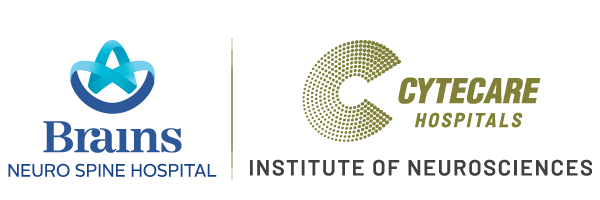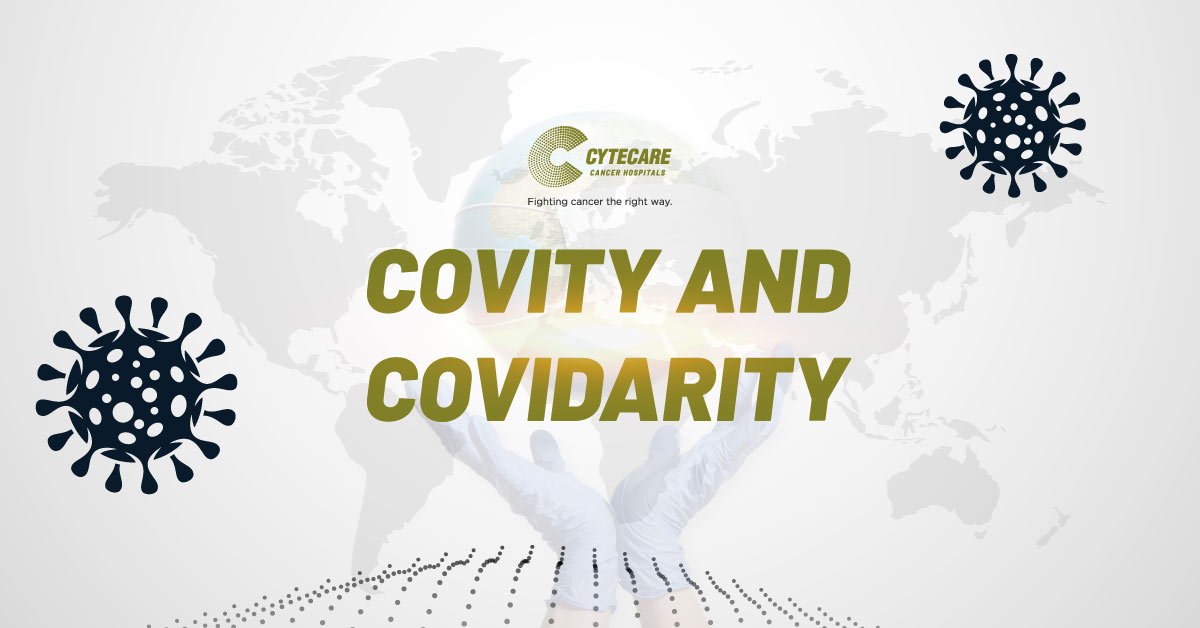
Author: DR. N K VENKATARAMANA, Senior Consultant Neurosurgeon
Cancer of the neck might increase the risk of stroke. Even after getting cured of cancer, it has been found that the risk of developing a stroke remains higher in cancer patients than in the normal population.
In a rare case, we had a 38-year-old gentleman with cancer involving the lymph nodes of the neck. He was treated with radiotherapy and the cancer was cured. However, during the procedure, the arteries that supply blood to the brain were exposed to radiation and over a period of time developed exaggerated atherosclerosis of neck arteries.
All four blood vessels that supply blood to the brain are located only in the neck. Incidentally, one of the arteries was not fully developed in him since birth. Following radiation, the second artery got blocked resulting in severe disturbance of blood flow in the other two arteries. This resulted in the compromise of the blood supply to the entire brain, as a consequence developing stroke, paralyzing the right hand and right leg with loss of speech and vision in the right eye.
Angiogram had confirmed the blocks but in addition, showed two balloon-like enlargements (aneurysms) on the left side. Normally simple stenting would have solved the problem. But here there was an additional risk of developing clots in this balloon that could go inside the brain and cause additional strokes. Hence a specially designed double-layered stent with an additional second layer of mesh was placed inside to open the artery and also to reduce the risk of clots being dislodged.
Dr. Venkataramana N K, said, “It is unfortunate that many people don’t know about the angiogram of the brain itself. Similar to the angiogram that shows the blood supply to the heart, the angiogram of the brain shows the blood supply to various parts of the brain and its flow dynamics. Brain angiogram is a very important diagnostic as well as treatment procedure that can make a huge difference for stroke patients. If it is done immediately and treated accordingly we can reduce the permanent disability as well as the life risk.
So, the big question here is – Can a stroke be prevented in such situations? The answer is yes! By regular and periodic follow-up, and scanning of the neck vessels we can identify the problem much before a stroke can occur or damage to the blood vessels can happen. Periodic screening can identify the changes in the blood vessels early, including the clots.

Cancer can lead to stroke by one of the following mechanisms:
(i) Thickening of blood leading to clot formation
(ii) Direct invasion of brain arteries in the neck reducing blood supply to the brain
(iii) Cancer cells entering into the blood and acting like clots leading to embolization
(iv) Radiation/chemotherapy-induced damage to brain arteries in the neck resulting in more cholesterol deposition.
Cancer in general is a risk for stroke throughout life. Many cancer-related strokes are preventable provided adequate precautions are taken.



